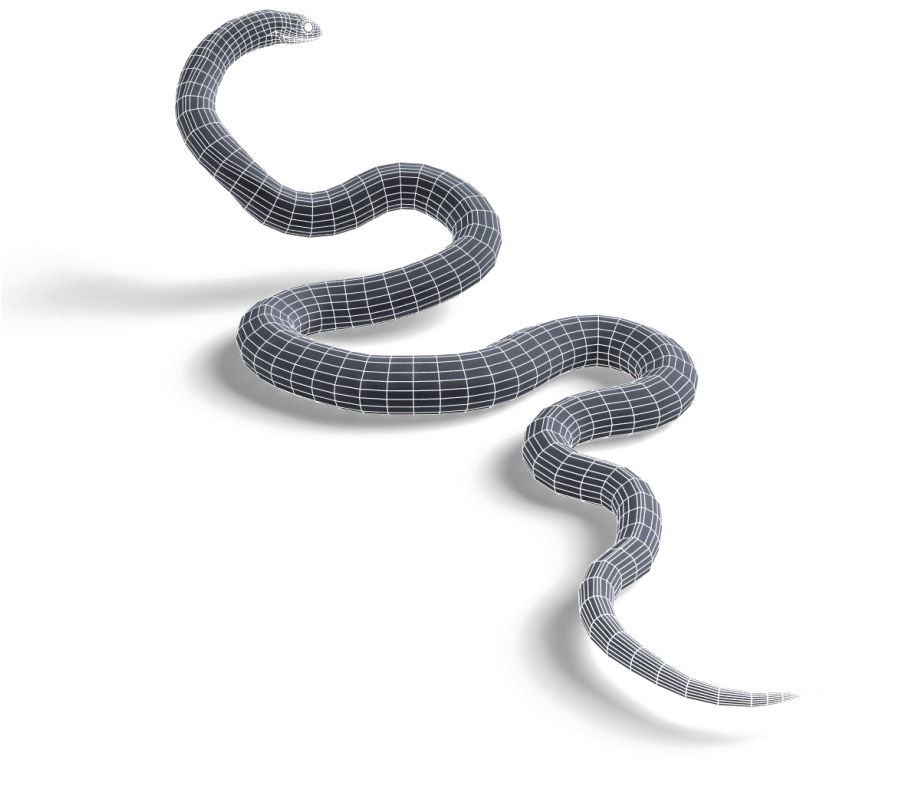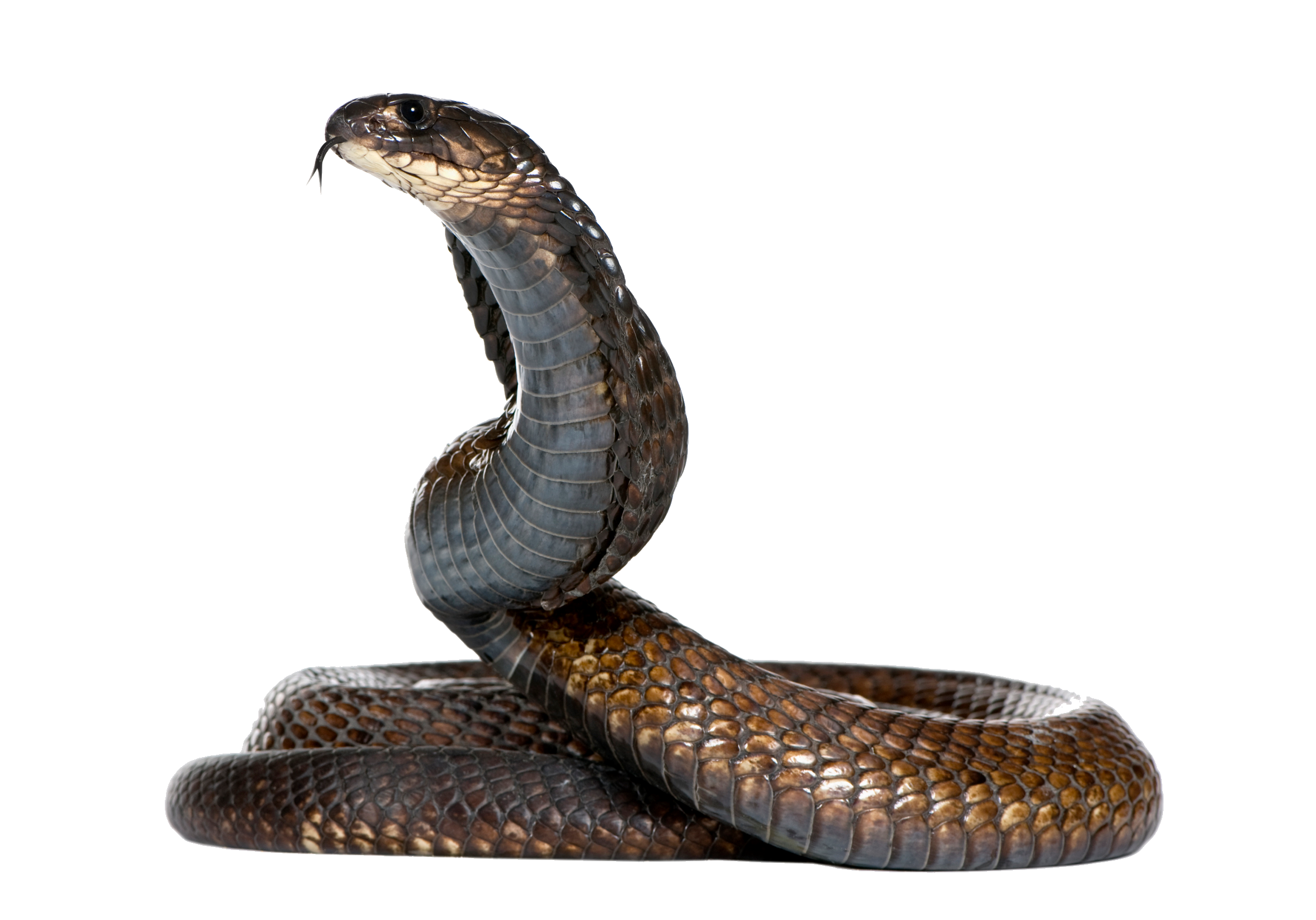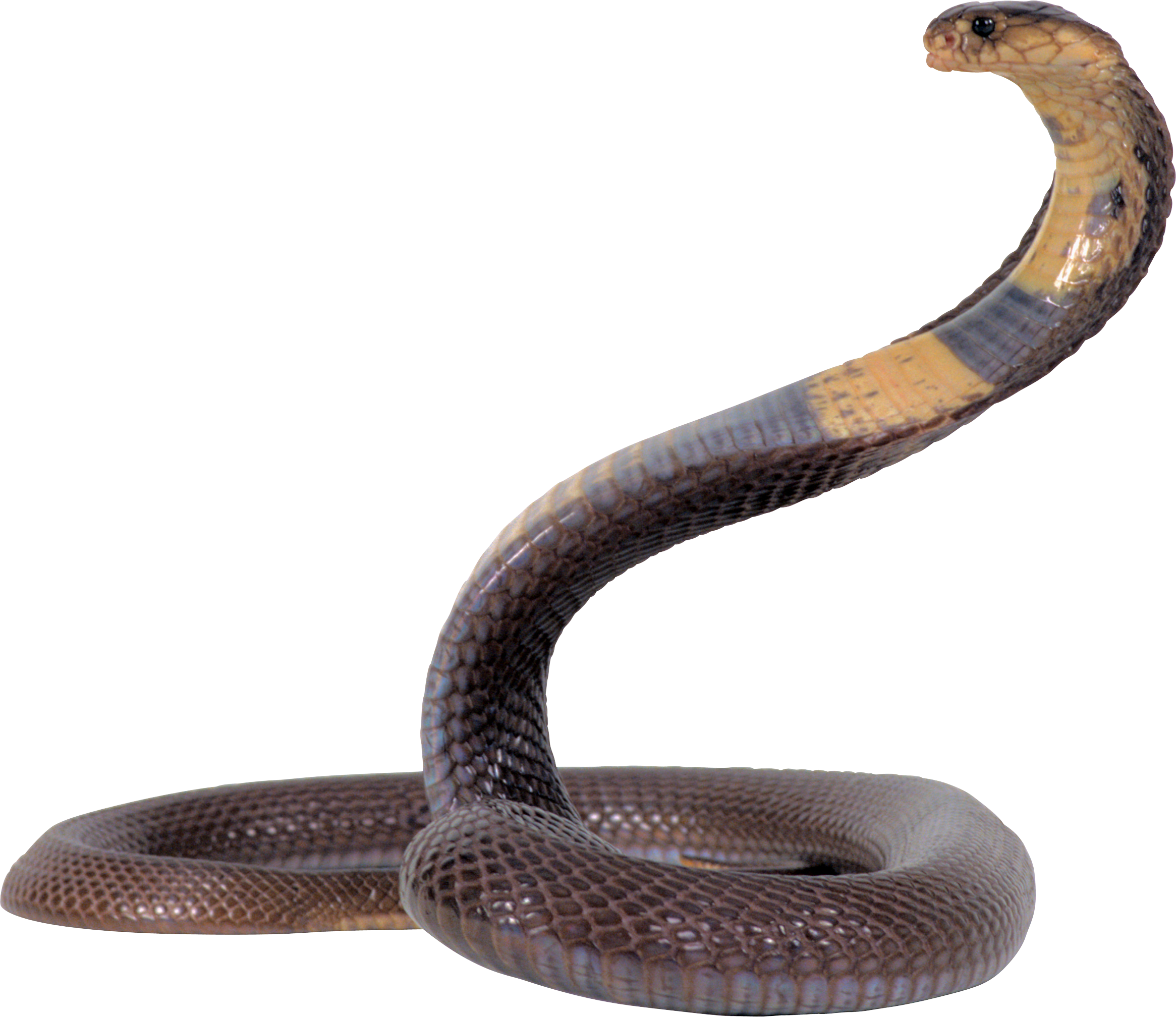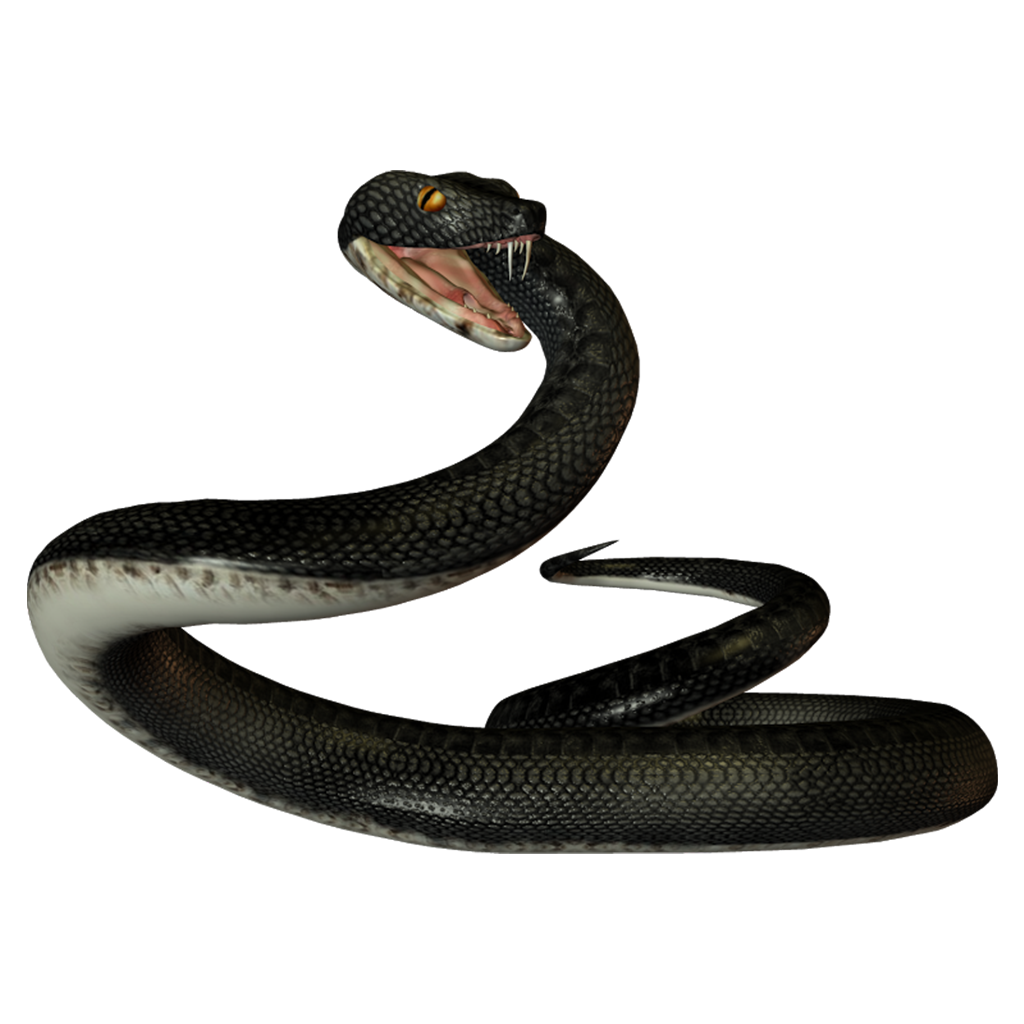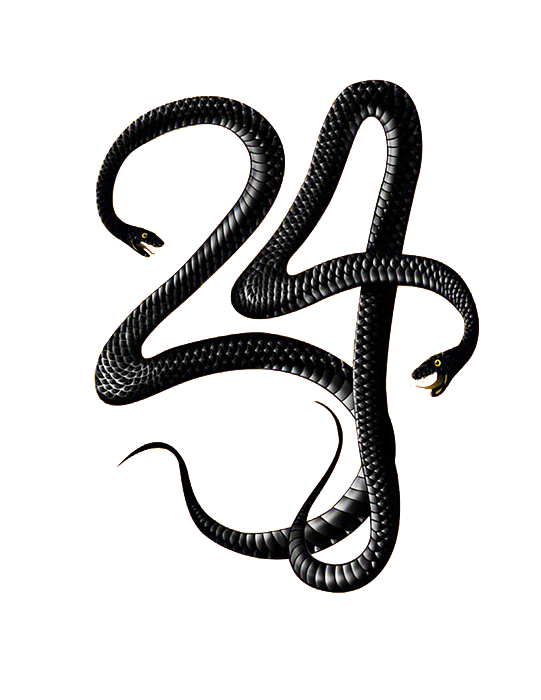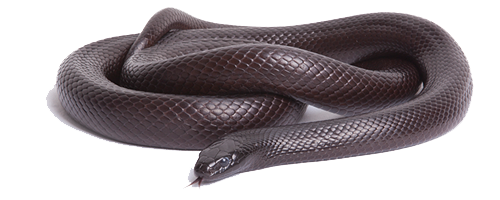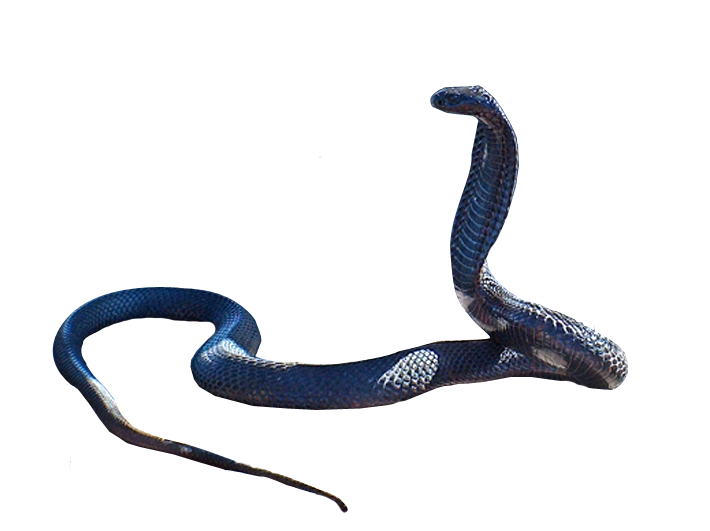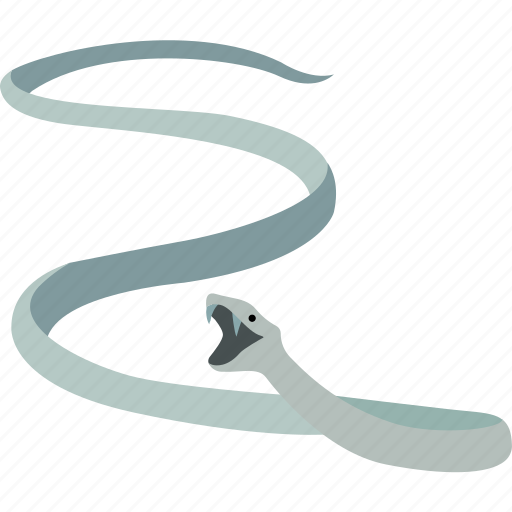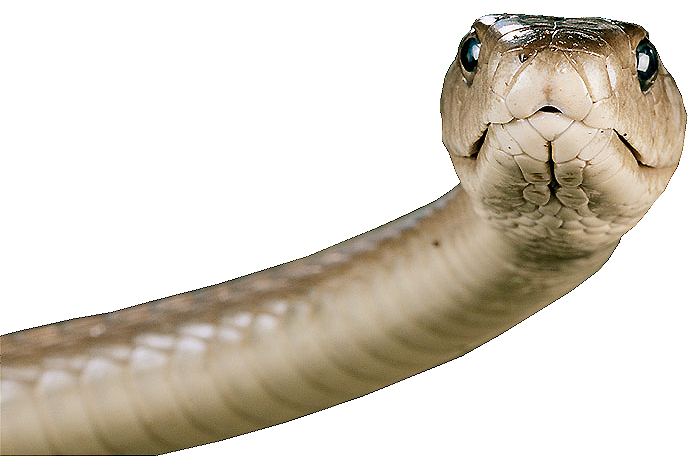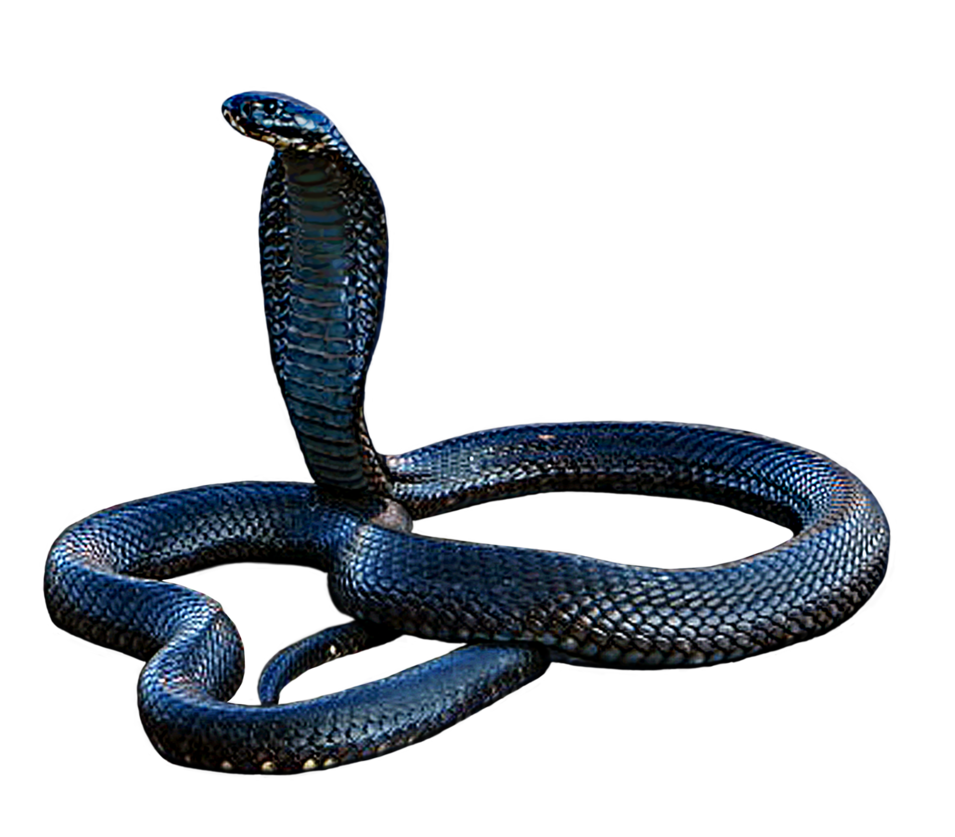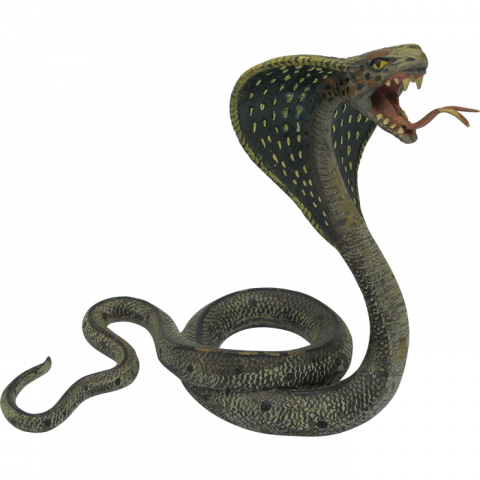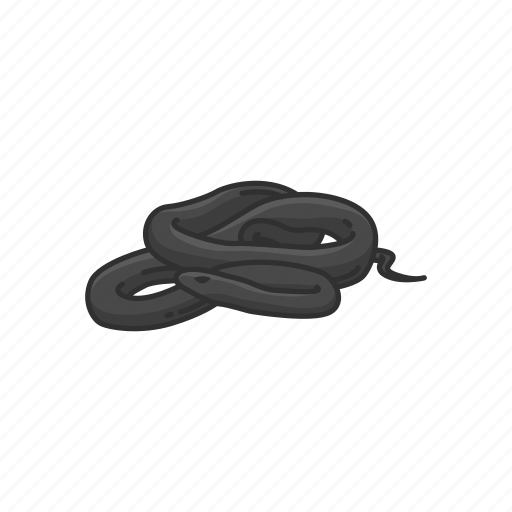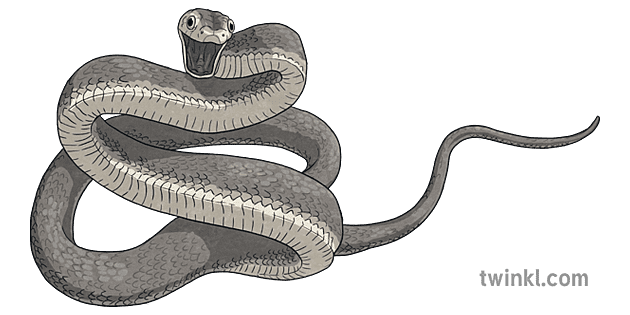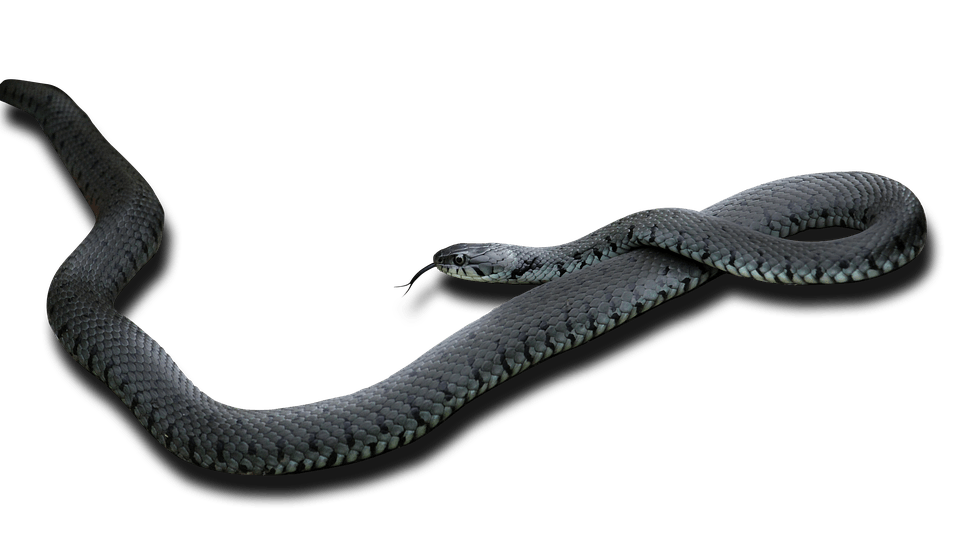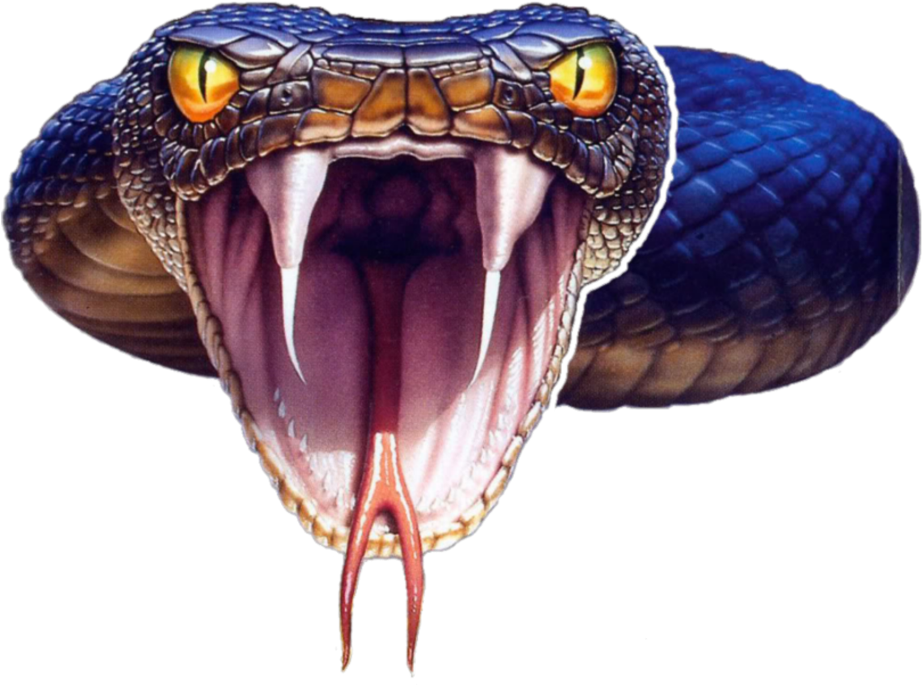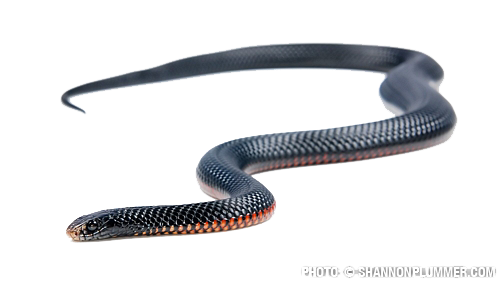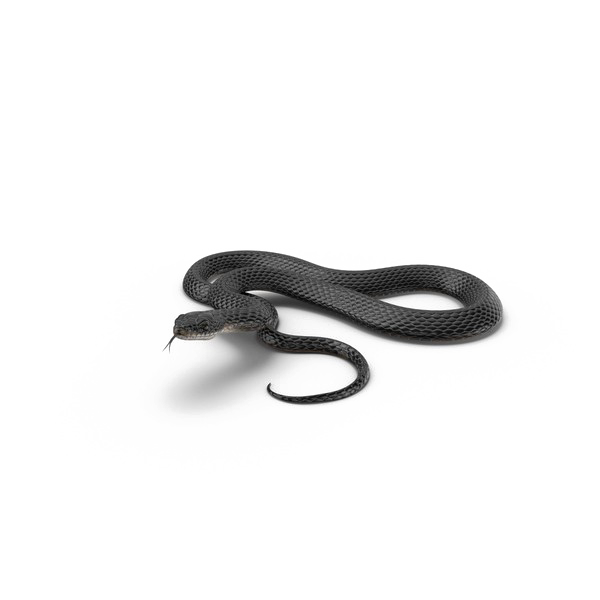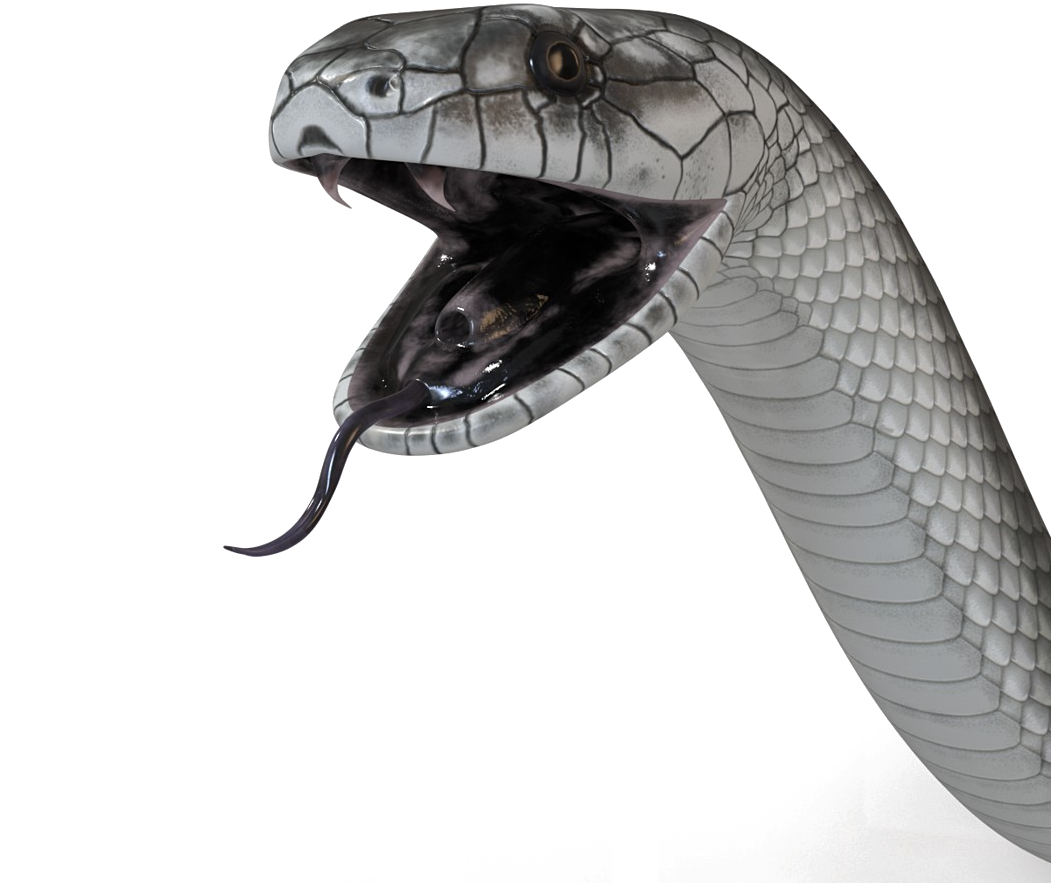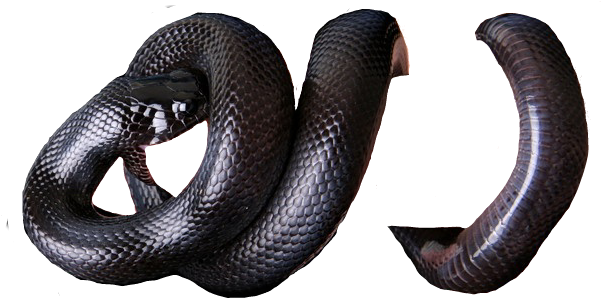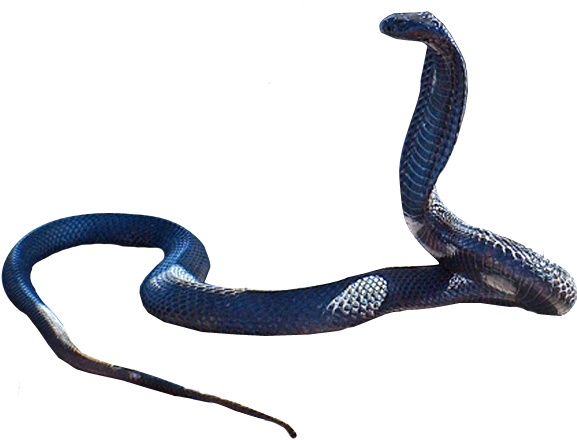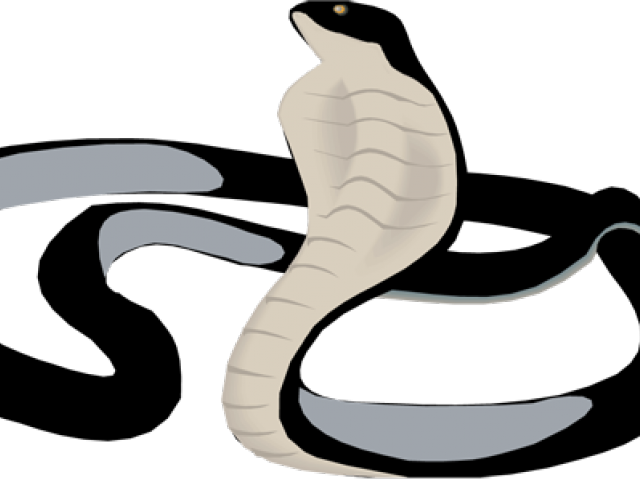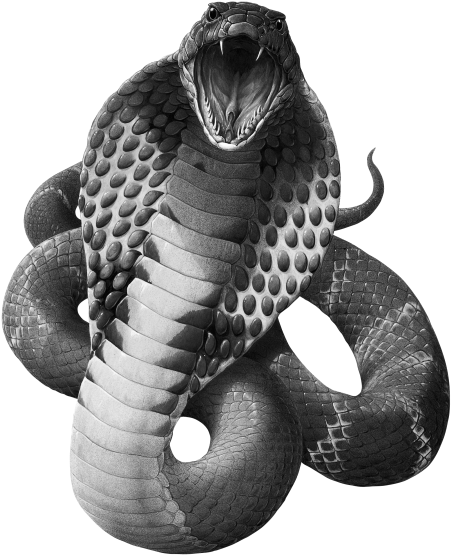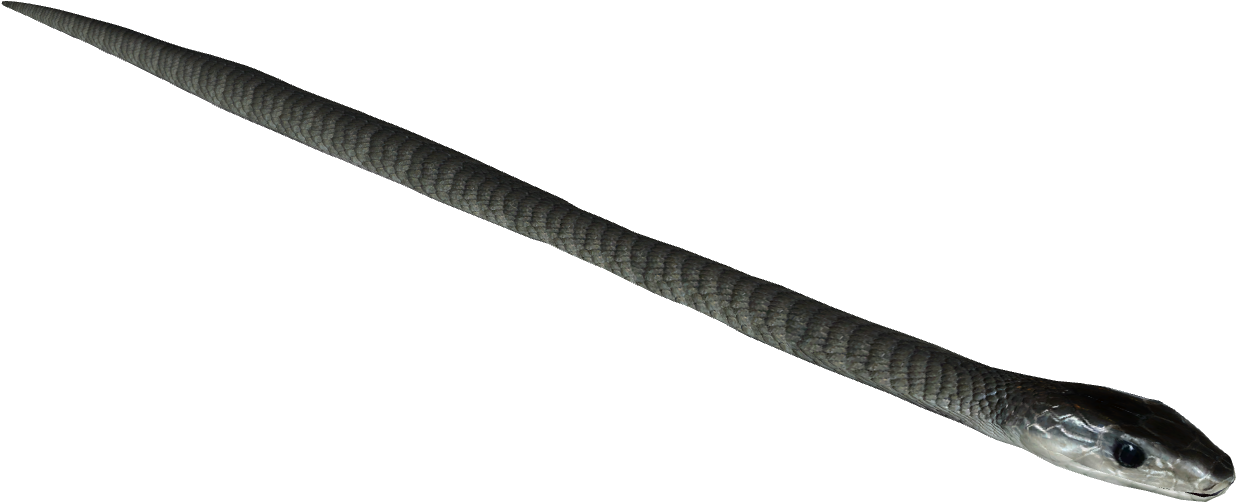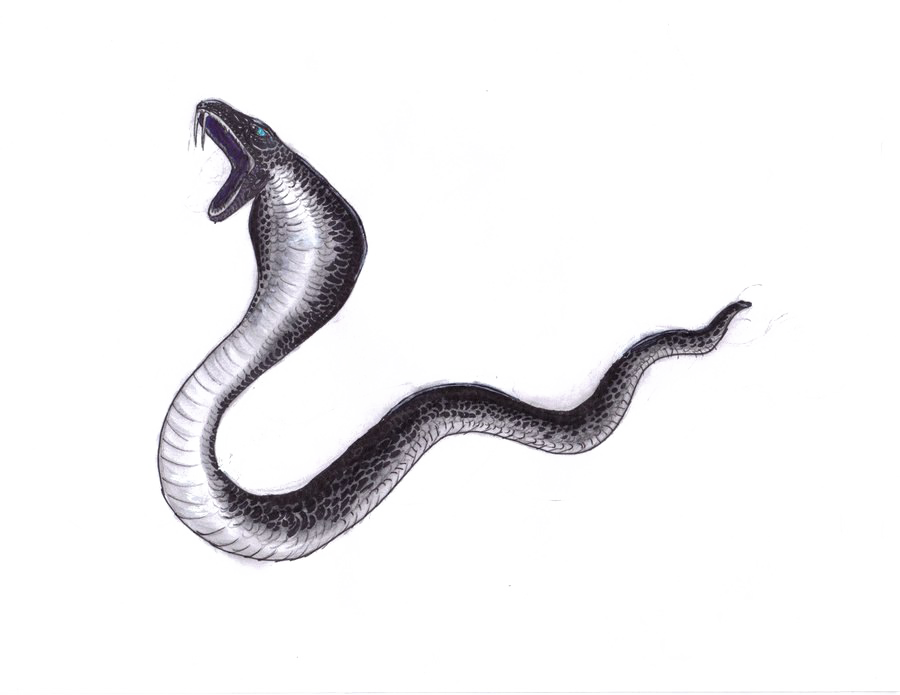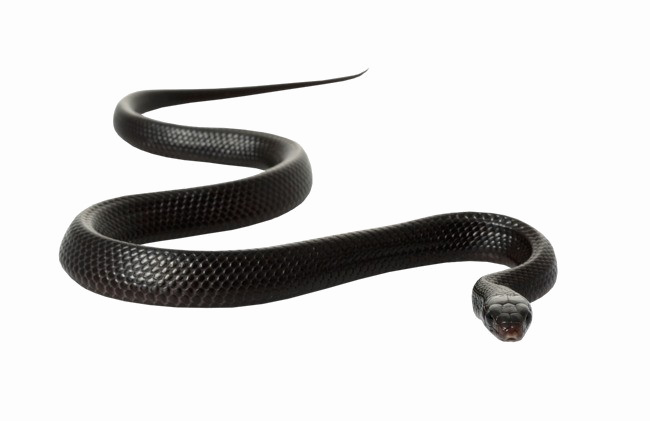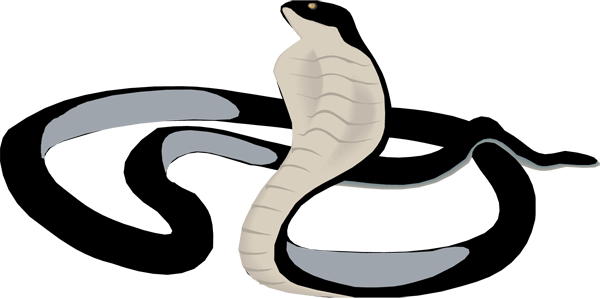Download top and best high-quality free Black Mamba PNG Transparent Images backgrounds available in various sizes. To view the full PNG size resolution click on any of the below image thumbnail.
License Info: Creative Commons 4.0 BY-NC
The black mamba is an extremely poisonous snake that belongs to the Elapidae family. Parts of Sub-Saharan Africa are home to this species. It is the second-longest poisonous snake after the king cobra, and mature individuals often exceed 2 m (6 ft 7 in) and commonly grow to 3 m. It was first formally described by Albert Günther in 1864. (9 ft 10 in). There have been reports of specimens ranging in length from 4.3 to 4.5 meters (14 ft 1 in to 14 ft 9 in). The color of its skin varies from grey to dark brown. Adult black mambas are lighter than juveniles, although they deepen with age.
The species is both terrestrial (ground-dwelling) and arboreal (tree-dwelling), and it may be found in savannah, woodland, rocky slopes, and deep forest in certain areas. It is nocturnal and feeds on birds and small animals. It can go at speeds of up to 16 km/h (10 mph) on appropriate surfaces for short distances. Black mambas have few natural predators as adults.
When the black mamba is threatened, it opens its inky-black jaws, stretches its short neck-flap, and hisses. It can strike from a long distance and can deliver a number of bites in quick succession. Its venom is mostly made up of neurotoxins, which can cause illness in as little as 10 minutes and can be lethal if not treated with antivenom. The black mamba, despite its reputation as a fearsome and violent animal, only attacks humans when threatened or trapped. On the Red List of Threatened Species of the International Union for Conservation of Nature (IUCN), it is listed as “least concern.”
Albert Günther, a German-born British biologist, published the first formal description of the black mamba in 1864. A single specimen of a snake was recovered by John Kirk, a naturalist who accompanied David Livingstone on the Second Zambesi expedition from 1858 to 1864. The holotype of this species is kept in the Natural History Museum in London. The species’ generic name is derived from the Ancient Greek words dendron (o) “tree” and aspis () “asp,” while the specific epithet polylepis is derived from the Ancient Greek words poly () “many” and lepis () “scale.” The Zulu word “imamba” is the source of the English “mamba.” Ndemalunyayo (“grass-cutter”) is a native Ngindo name that means “grass-cutter” in Tanzania.
Dendraspis Antinorii was named by German scientist Wilhelm Peters in 1873 based on a specimen in Genoa’s museum that had been obtained by Italian adventurer Orazio Antinori in what is now northern Eritrea. This was later classified as a subspecies and is no longer considered separate. In 1896, Belgian-British naturalist George Albert Boulenger lumped the Dendroaspis polylepis species together with the eastern green mamba (Dendroaspis angusticeps), a classification that lasted until 1946, when South African herpetologist Vivian FitzSimons divided them out again. The black and eastern green mambas are each other’s closest relatives, according to a 2016 genomic investigation, and are more distantly related to Jameson’s mamba (Dendroaspis jamesoni), as seen in the cladogram below.
The black mamba is a snake that is long, thin, and cylindrical. It has a coffin-shaped head with a medium-sized eye and a strong brow ridge. The adult snake normally grows to a length of 2 to 3 meters (6 ft 7 in to 9 ft 10 in), however specimens have grown to 4.3 to 4.5 meters (14 ft 1 in to 14 ft 9 in). It is the longest poisonous snake species in Africa and the second-longest venomous snake species in the world, only being surpassed in length by the king cobra. The black mamba is a proteroglyphous (front-fanged) snake with fangs that may be as long as 6.5 mm (0.26 in) and are found at the front of the maxilla. The species’ tail is long and slender, with the caudal vertebrae accounting for 17″25% of its total body length. Although a study of seven black mambas found an average weight of 1.03 kg (2.3 lb), ranging from 520 g (1.15 lb) for a specimen of 1.01 m (3 ft 4 in) total length to 2.4 kg (5.3 lb) for a specimen of 2.57 m (8 ft 5 in) total length, the body mass of black mambas has been reported to be around 1.6 kg (3.5 lb).
Download Black Mamba PNG images transparent gallery.
- Black Mamba Snake PNG Pic
Resolution: 916 × 785
Size: 274 KB
Image Format: .png
Download
- Black Mamba Snake PNG File
Resolution: 2236 × 1564
Size: 1593 KB
Image Format: .png
Download
- Black Mamba No Background
Resolution: 2331 × 2016
Size: 2420 KB
Image Format: .png
Download
- Black Mamba PNG Images HD
Resolution: 1024 × 1024
Size: 485 KB
Image Format: .png
Download
- Black Mamba PNG Free Image
Resolution: 1024 × 1024
Size: 842 KB
Image Format: .png
Download
- Black Mamba Snake PNG Image
Resolution: 541 × 700
Size: 216 KB
Image Format: .png
Download
- Black Mamba PNG Image File
Resolution: 500 × 200
Size: 135 KB
Image Format: .png
Download
- Black Mamba Background PNG
Resolution: 710 × 531
Size: 101 KB
Image Format: .png
Download
- Black Mamba Snake PNG Photo
Resolution: 512 × 512
Size: 24 KB
Image Format: .png
Download
- Black Mamba PNG
Resolution: 698 × 457
Size: 265 KB
Image Format: .png
Download
- Black Mamba PNG Pic
Resolution: 955 × 837
Size: 538 KB
Image Format: .png
Download
- Black Mamba PNG File
Resolution: 480 × 480
Size: 189 KB
Image Format: .png
Download
- Black Mamba PNG Image
Resolution: 512 × 512
Size: 18 KB
Image Format: .png
Download
- Black Mamba PNG Photo
Resolution: 500 × 500
Size: 118 KB
Image Format: .png
Download
- Black Mamba PNG Cutout
Resolution: 700 × 308
Size: 54 KB
Image Format: .png
Download
- Black Mamba PNG Images
Resolution: 561 × 535
Size: 39 KB
Image Format: .png
Download
- Black Mamba PNG Photos
Resolution: 3840 × 2160
Size: 128 KB
Image Format: .png
Download
- Black Mamba Transparent
Resolution: 630 × 315
Size: 38 KB
Image Format: .png
Download
- Black Mamba PNG Clipart
Resolution: 500 × 488
Size: 22 KB
Image Format: .png
Download
- Black Mamba
Resolution: 960 × 540
Size: 96 KB
Image Format: .png
Download
- Black Mamba Snake
Resolution: 922 × 685
Size: 1004 KB
Image Format: .png
Download
- Black Mamba PNG Picture
Resolution: 500 × 282
Size: 76 KB
Image Format: .png
Download
- Black Mamba PNG HD Image
Resolution: 600 × 600
Size: 90 KB
Image Format: .png
Download
- Black Mamba Snake PNG Cutout
Resolution: 1051 × 883
Size: 606 KB
Image Format: .png
Download
- Black Mamba PNG Image HD
Resolution: 601 × 298
Size: 258 KB
Image Format: .png
Download
- Black Mamba Snake PNG Images
Resolution: 577 × 440
Size: 93 KB
Image Format: .png
Download
- Black Mamba Snake PNG Photos
Resolution: 640 × 480
Size: 121 KB
Image Format: .png
Download
- Black Mamba Snake PNG Clipart
Resolution: 451 × 555
Size: 202 KB
Image Format: .png
Download
- Black Mamba Snake PNG Picture
Resolution: 1236 × 502
Size: 204 KB
Image Format: .png
Download
- Black Mamba Snake PNG HD Image
Resolution: 900 × 695
Size: 267 KB
Image Format: .png
Download
- Black Mamba Snake PNG Image HD
Resolution: 650 × 421
Size: 117 KB
Image Format: .png
Download
- Black Mamba Snake PNG
Resolution: 600 × 299
Size: 46 KB
Image Format: .png
Download
